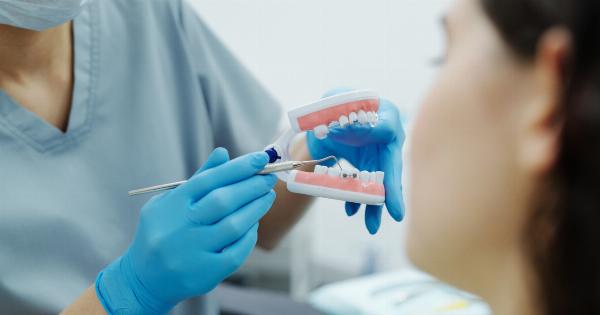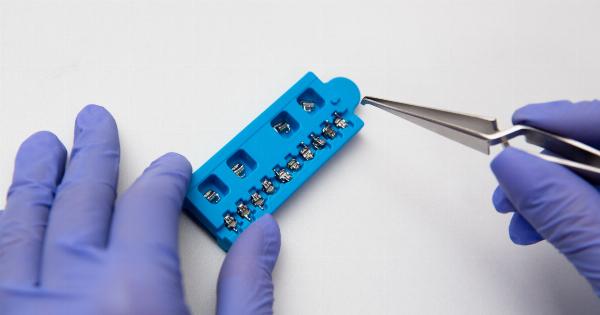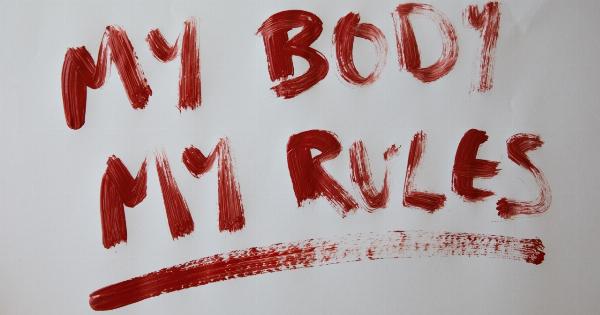Braces are an orthodontic treatment that is used to correct misaligned teeth or jaws. They are used to straighten and improve the positioning of the teeth, which can help improve your bite, appearance, and overall dental health.
Types of Braces
There are a variety of braces available today. The most common types of braces are:.
1. Traditional Metal Braces
Traditional metal braces are the most common type of braces. They are made of metal brackets and wires that are attached to the teeth. The brackets are usually made of stainless steel, but they can also be made of ceramic materials.
2. Ceramic Braces
Ceramic braces are similar to traditional metal braces but are made of clear or tooth-colored materials. This makes them less visible than traditional metal braces.
3. Lingual Braces
Lingual braces are attached to the inside of the teeth, making them completely invisible from the outside. They are more difficult to clean and maintain than other types of braces.
4. Self-Ligating Braces
Self-ligating braces use a slide mechanism instead of elastics to hold the wire in place, which can reduce the amount of pressure on the teeth.
5. Invisalign
Invisalign uses clear, removable aligners to straighten teeth. They are virtually invisible and can be removed for eating and cleaning.
How Braces Work
Braces work by putting pressure on the teeth. Over time, this pressure moves the teeth into a more desirable position. The wires and brackets are adjusted periodically to ensure that the teeth are being moved correctly.
Who Can Get Braces?
Braces are usually recommended for children and teenagers, but adults can also benefit from them. The American Association of Orthodontics recommends that children have their first orthodontic evaluation by age 7.
The Braces Process
The braces process usually involves several steps:.
1. Consultation
The orthodontist will examine your teeth and recommend a treatment plan. They may take X-rays and create molds of your teeth to help plan your treatment.
2. Placement of Braces
The orthodontist will attach the brackets to your teeth and connect them with wires.
3. Adjustment
You will need to visit the orthodontist regularly to have your braces adjusted. This will ensure that your teeth are moving into the correct position.
4. Removal of Braces
Once your treatment is complete, the braces will be removed. You may need to wear a retainer at night to keep your teeth in their new position.
Caring for Your Braces
It is important to practice good oral hygiene when you have braces. This includes brushing and flossing regularly and avoiding foods that can damage the braces, such as hard or sticky foods.
Cost of Braces
The cost of braces can vary based on the type of braces and the length of treatment. In general, braces can cost between $3,000 and $10,000.
Conclusion
Braces are a common and effective orthodontic treatment that can help improve your dental health and appearance. If you are considering braces, it is important to discuss your options with a qualified orthodontist.





























